 Fear not! Help is on its way!
Fear not! Help is on its way!
Pretend that we have entered the dragon's den. We must be cautious, carefully moving with each and every step. No rushing. No hurried movements. By the practice of patience and calculated calm, we'll slay that vicious reptile. With a pencil as our sword and The Magic 9 as our shield, together now...let's go.

Let's check my work using the Magic 9, shall we? Remember what I said about taking careful, cautious steps? No rushing? No snappy shortcuts? Well, if you follow the steps I am about to show you, checking your work for long division problems without remainders in the quotient can be a ton of fun to do!

To begin playing the The Magic 9 let's start with the divisor, shall we? There is one major important rule to use when using the Magic 9, which is what I call the Peculiar Ostensible Optical Fleck, or commonly known as POOF! (Click on hyper links to access detailed, step-by-step descriptions of POOF!) In short, when the numbers 9 or 0 present themselves strangely, they vanish! POOF! Like magic!


So, the number 7 will be used to represent the divisor. Got it? Clear as mud, right?
How about we use the same process for the quotient 6656? (Print the .pdf and use it as a guide, if you like.) From left to right, 6 plus 6 equals 12; from the new number 12 we transform the 1 plus 2 to equal 3; that 3 plus 5 equals 8; 8 plus 6 equals 14; 1 plus 4 equals 5. Hah! The number 5 will present the quotient in the Magic 9 grid.
In an effort to avoid posting a mile-long entry, I'll simply let you know that I came up with the final number 8 as the representative for the dividend.


 Now, my dear Simple Saturday pal...there is no reason to go cross-eyed over this Magic 9 process. None at all. There are basically only three steps to follow:
Now, my dear Simple Saturday pal...there is no reason to go cross-eyed over this Magic 9 process. None at all. There are basically only three steps to follow:
1) Whittle each numeral in the operations down to the bare bones, Magic 9 number. (Download the .pdf and you'll find the keys to the Magic 9 kingdom!)
2) Plug those babies into the grid according to their terms within the operational function. (Again, another .pdf is there, just waiting for the taking.)
 3) After multiplying the top two boxes in the...dear one, you've proved yourself as the Division Dragon Slayer!
3) After multiplying the top two boxes in the...dear one, you've proved yourself as the Division Dragon Slayer!
Well done, brave heart, well done. Take a bow, oh wonderous one...take a bow. You deserve it. Because of your valor, Austin can rests peaceful tonight, and always.
